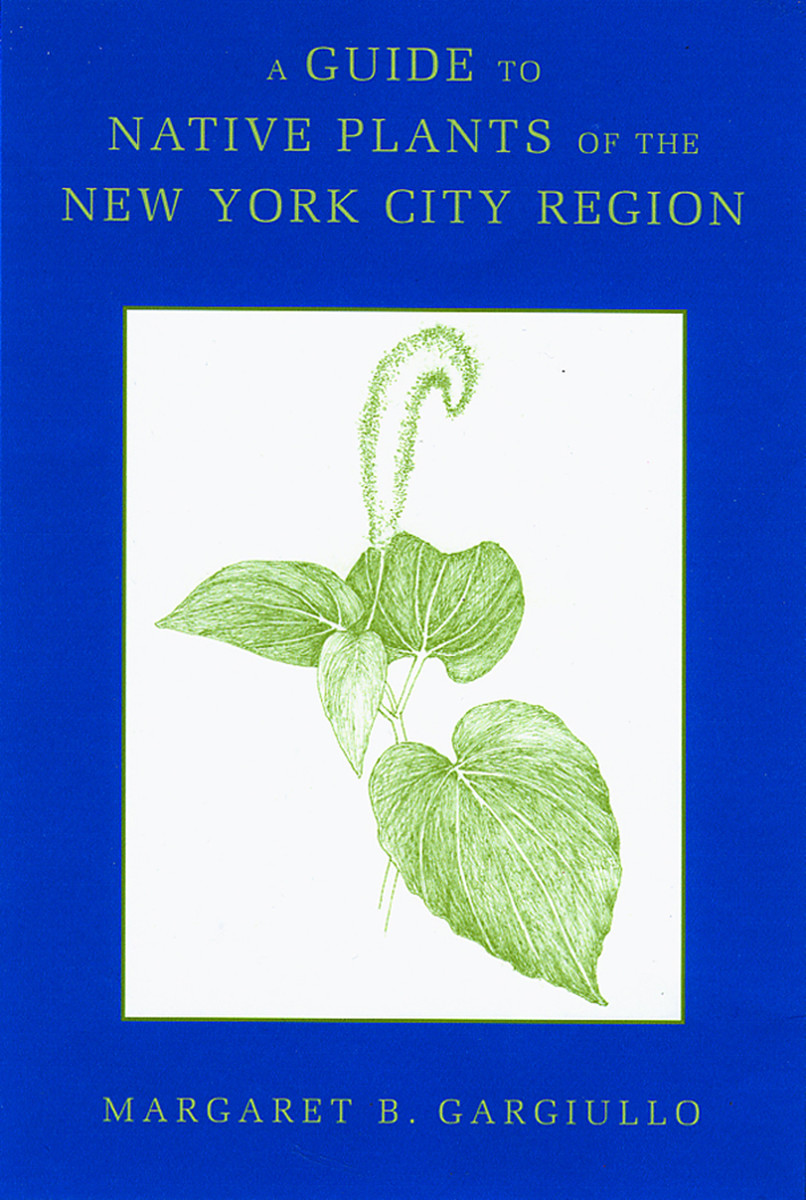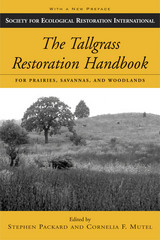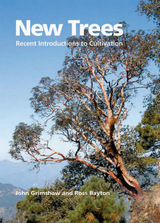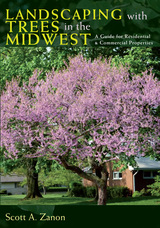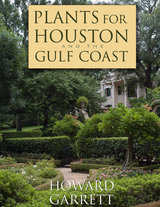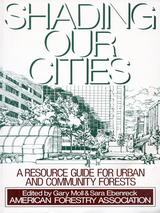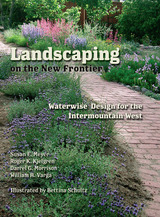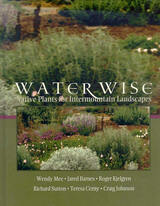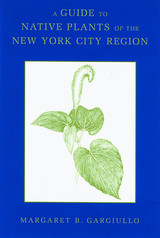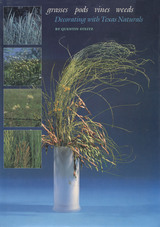A Guide to Native Plants of the New York City Region
Rutgers University Press, 2010
eISBN: 978-0-8135-5480-8 | Cloth: 978-0-8135-4042-9 | Paper: 978-0-8135-4777-0
Library of Congress Classification SB439.24.N5G37 2007
Dewey Decimal Classification 635.951
eISBN: 978-0-8135-5480-8 | Cloth: 978-0-8135-4042-9 | Paper: 978-0-8135-4777-0
Library of Congress Classification SB439.24.N5G37 2007
Dewey Decimal Classification 635.951
ABOUT THIS BOOK | AUTHOR BIOGRAPHY | REVIEWS | TOC
ABOUT THIS BOOK
It is no secret that with each new office park, strip mall, and housing development that slices through the New York, New Jersey, and Connecticut landscape, more and more indigenous plant habitats are being destroyed. Concrete, after all, is not a friendly neighbor to vegetative life. Less common wisdom, however, holds that plants native to this region have been disappearing rapidly for a variety of reasons, and some of the causes can be avoided, even as construction projects continue to move in.
One of the most serious threats to indigenous plants is the introduction of invasive non-native species by landscapers after new developments are built. In this unique guide, ecologist Margaret B. Gargiullo presents a detailed look at the full scope of flora that is native to this region and available for propagation. Geared specifically for landscape architects, designers, land managers, and restorationists, this book offers practical advice on how to increase the amount of indigenous flora growing in the mepolitan area, and in some cases, to reintroduce plants that have completely disappeared.
More than one hundred line drawings of plants and their specific habitats, ranging from forests to beaches, help readers visualize the full potential for landscaping in the area. A separate entry for each plant also provides detailed information on size, flower color, blooming time, and its possible uses in wetland mitigation, erosion control, and natural area restoration. Some plants are also highlighted for their ability to thrive in areas that are typically considered inhospitable to greenery.
Easily searchable by plant type or habitat, this guide is an essential reference for everyone concerned with the region's natural plant life. Since most of the plants can also be grown well beyond the New York City metropolitan area, this book will also be useful for project managers doing restoration work in most of southern New England and the mid-Atlantic region, including Pennsylvania, Delaware, and Maryland.
One of the most serious threats to indigenous plants is the introduction of invasive non-native species by landscapers after new developments are built. In this unique guide, ecologist Margaret B. Gargiullo presents a detailed look at the full scope of flora that is native to this region and available for propagation. Geared specifically for landscape architects, designers, land managers, and restorationists, this book offers practical advice on how to increase the amount of indigenous flora growing in the mepolitan area, and in some cases, to reintroduce plants that have completely disappeared.
More than one hundred line drawings of plants and their specific habitats, ranging from forests to beaches, help readers visualize the full potential for landscaping in the area. A separate entry for each plant also provides detailed information on size, flower color, blooming time, and its possible uses in wetland mitigation, erosion control, and natural area restoration. Some plants are also highlighted for their ability to thrive in areas that are typically considered inhospitable to greenery.
Easily searchable by plant type or habitat, this guide is an essential reference for everyone concerned with the region's natural plant life. Since most of the plants can also be grown well beyond the New York City metropolitan area, this book will also be useful for project managers doing restoration work in most of southern New England and the mid-Atlantic region, including Pennsylvania, Delaware, and Maryland.
See other books on: Gardening | Native plant gardening | Native plants for cultivation | New York Metropolitan Area | New York Region
See other titles from Rutgers University Press
